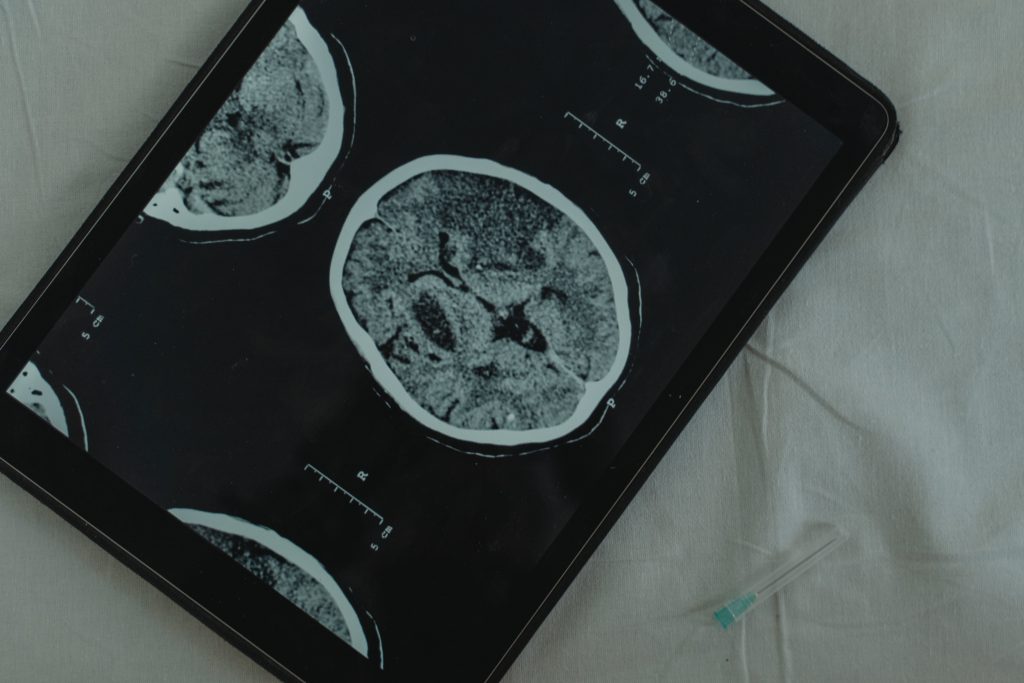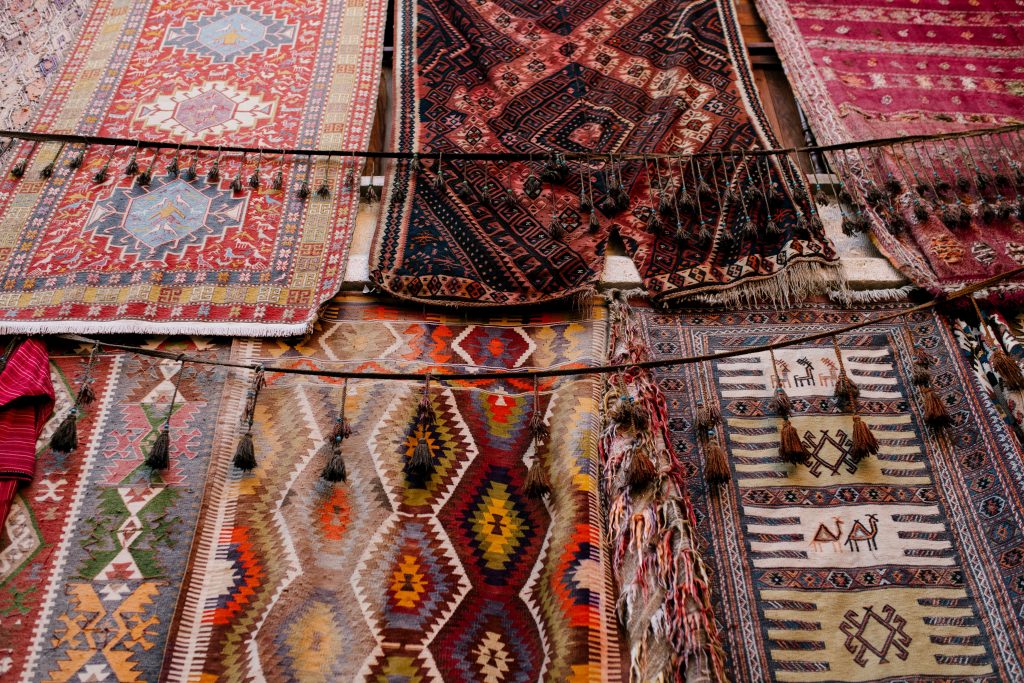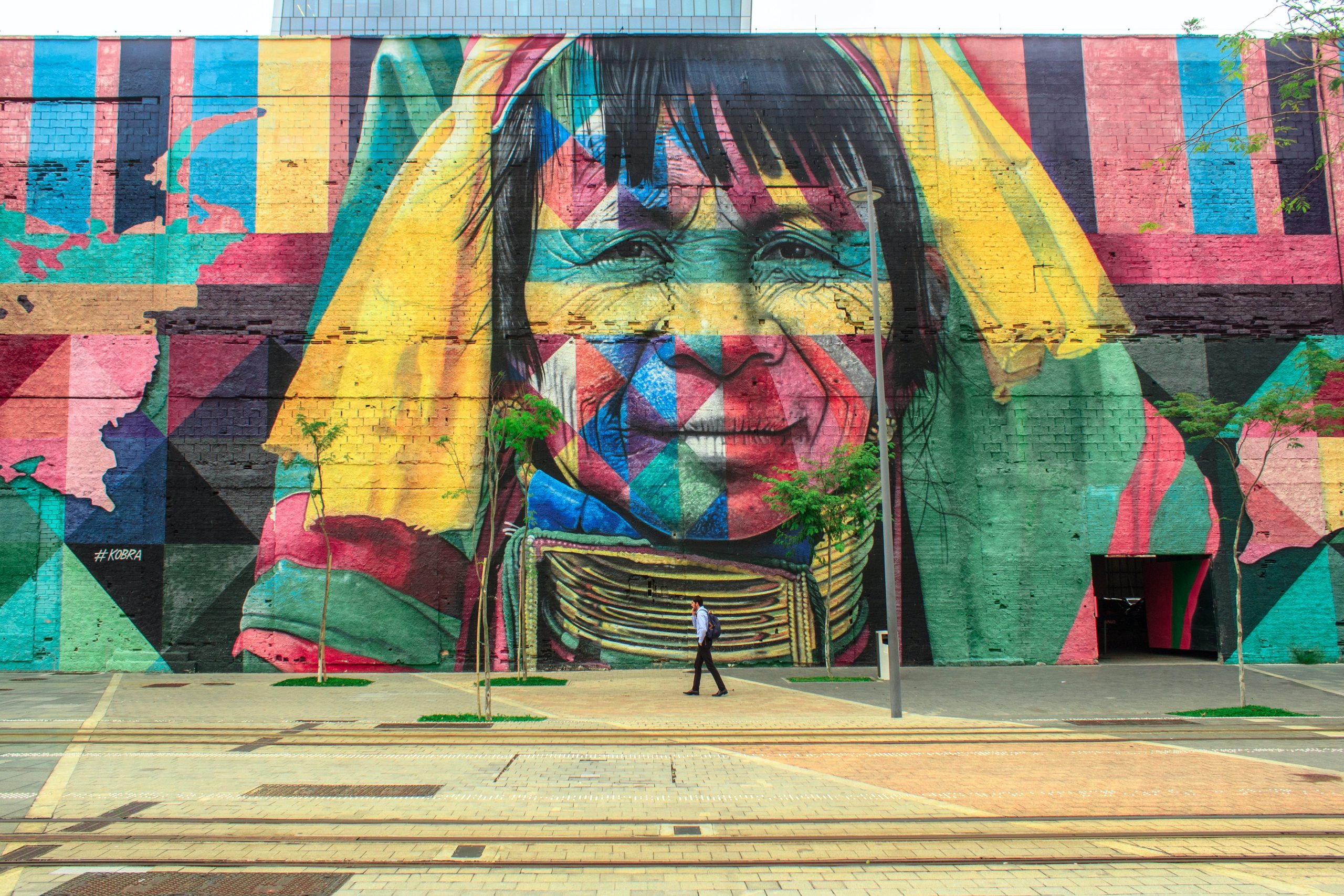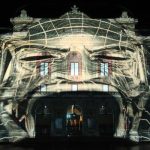From the depth of archaic civilizations, human inventiveness has revealed it self not only in utilitarian instruments and tools, but also in the form of aesthetics. Consider the tiny beads made from sea snail shells located in South Africa’s Blombos cave between 101,000 and 70,000 BCE. These historical fragments indicate an early inclination towards art. What really inspired these primitive human to develop such objects? Were they driven by the same creative instincts that Salvador Dali described when he said, “Those who do not want to imitate anything, produce nothing”. This subject opens the doorway to a plethora of discussions, ranging from the evolution of creative expression to its function in human growth and cultural identity.
The Neurological Basis For our Creative Instincts
The human creative instinct is the fruits of complex neural mechanisms. The brain’s reward system activates as we express our selves artistically, Producing waves of dopamine that signals to the brain that such behavior is desirable, Thus encouraging the brain for continual repetitions of such artistic and creative activity. Presumably, early humans experienced with this kind of neurological interplay, as evident in cave paintings. These types of activities boosts the production of neural pathways, expending emotional and cognitive capacities. Over time, this become a cultural advantage, boosting communication and social connections. Thus artistic expression represents a deep-seated, brain-based urge that is fundamental to human emotional and cultural development.
According to Paul MacLean’s “Triune Brain” theory, the creative instinct and artistic tendency stems from the complex interplay of three brain regions. The neocortex, which is responsible for advanced faculties such as reasoning logic and complex processing, interacting with the limbic system, which governs emotions, and lastly the reptilian brain; the most primitive part of the brain. it controls basic survival functions like heart rate, breathing, and body temperature. Therefore, giving birth to the ability to express complex emotions via art.
In addition, The “Default Mode Network” (DMN), mostly active during daydreaming and imagination, also plays an essential roll. It enables the brain to develop new ideas by linking seemingly unrelated notions, which is a key faculty of creativity and innovative thinking.

The Psychological Basis for our Creative Instinct
According to Freud’s psychoanalytical theory, creativity is a manifestation of subconscious needs, deep-seated desires, and experiences. Art functions as an outlet for the externalization of suppressed emotions, which are generally related to early childhood.
On the other hand, Carl Jung‘s renown notion of the collective unconscious suggest that art taps into common symbols and archetypes. These universal and collectively shared symbols have broad resonance across cultures, much like a shared pool of creativity. Thus, Implying a profound psychological relationship to creativity.
Lastly, Social learning theory, first coined by the well established Albert Bandura, stressing on the influence of the environment and observational learning in the development of creative behavior. it implies that the exposure to various forms of art and cultural practices has an impact on the development of artistic instinct. In other words the more an individual absorb the more they get creative.
Artistic Instinct and Cultural Identity

Creative instincts and art are fundamentally linked with cultural identity, A notion that has been extensively addressed in the relevant literature. Clifford Geertz‘s perspective on culture as a set of shared symbols and meanings, usually adopted from the historical and ethnical background of a society, He further emphasized how art reflects and alters these symbols, continually forging the overall cultural identity.
Cultural identity, according to Stuart Hall, shapes it self in parallel to the common narration of collective history, past events, colonial context, mythological notions, and so on. Whereby art serves as a vehicle for storytelling, preserving and modifying these tales. Benedict Anderson reflects this notion in his 1983 book “Imagined Communities” in which art generates a sense of belonging and shared identity even among complete strangers.
Furthermore, Homi Bhabha’s notion of cultural hybridity suggest that, creativity often emanate from the interplay of divers cultures, Hence the term hybridity, challenging traditional understanding of identity. As a result, creative expression not only reflect but also actively develop and reconstruct cultural identity, acting as both a product and a process of the cultural experience.







